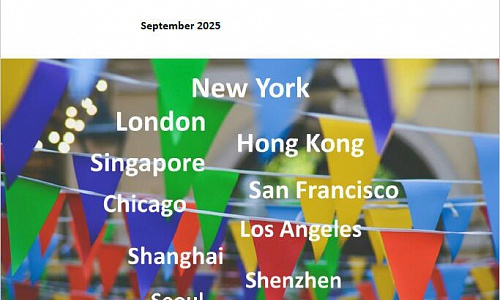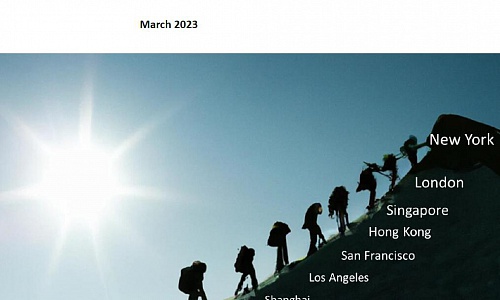
Integration of Asian economy has been a phenomenon for a long time. It is not organized, but rather created by market forces and integrated into supply chain. There is division of labor. Everybody has its position, special competitiveness and comparative advantage in the supply chain. Because it is market driven, competitiveness is real.
The natural formation of this chain of values can be attributed to a lot of factors, for example, culture, stabilities, government efforts and policies. Started with East and Southeast Asia, now Central and Southern Asia, people realized that joining the global supply chain under globalization and regionalization is essential for economic development. At the beginning, Japan led the flock, then there were the Four Asian Tigers, and Tiger Cub Economies, then mainland China. This is the result of market forces and the competitiveness is real. Asia has become the most interesting, dynamic place in the world and contributed to 60% of global GDP growth. Therefore, we need to put more analytical effort in order to show the world why it happened.
US and Europe are in the upturn of economy and export to those two markets has increased in recent years. The only problem is looming trade frictions, causing worrisome which may in turn cause downturn. This shows that when you have trade friction with one country, it causes chain effect on the others. Everyone else will feel the impact because we are on the same supply chain. That’s why anti-globalization is indeed anti globalization because anti one country means anti globe.
As for the current protectionist impulse, we do need to face and deal with it. We should continue on with globalization and market supply chain even though we have trade friction with one or two countries. It is our strength that we can continue to do business with the other countries. A new term “Emerging Asia” proposes a dynamic Asia. We will not only do business with developed Asia like Japan and South Korea, but also emerging countries in Asia.








